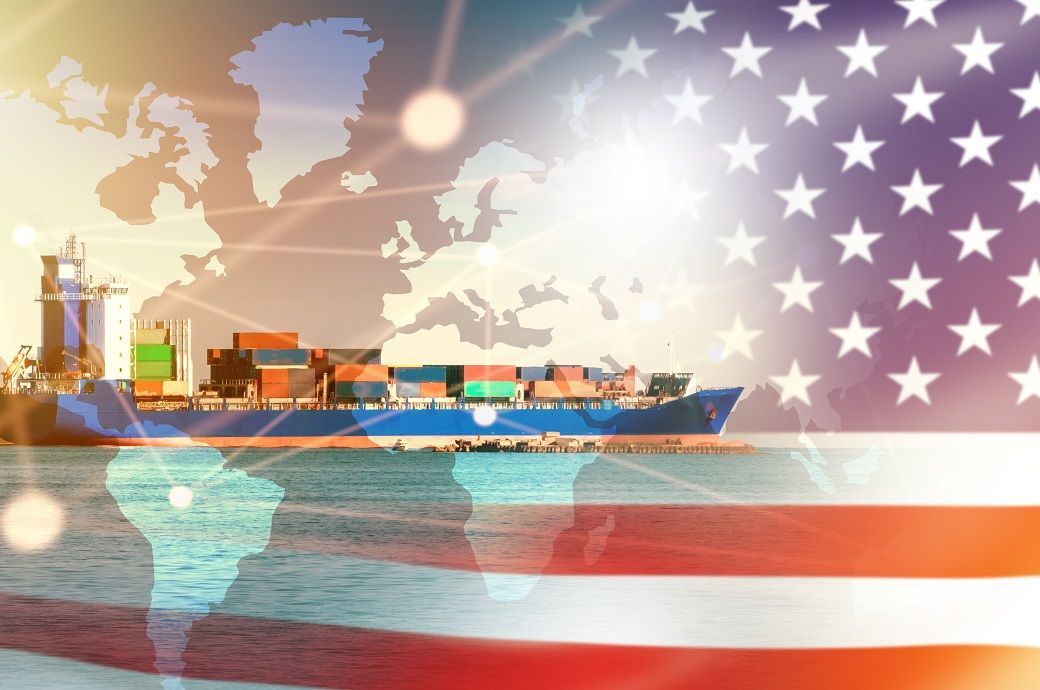

While April's numbers have not been reported yet, Global Port Tracker predicts the month at 1.73 million TEUs, down 23.4 per cent YoY.
May is forecast at 1.83 million TEUs, down 23.5 per cent from last year's all-time record of 2.4 million TEUs imported during a single month. June is expected at 1.9 million TEUs, down 15.9 per cent. July is forecast at 2.01 million TEUs, down 7.9 per cent. August at 2.04 million TEUs, down 9.9 per cent, and September at 1.96 million TEUs, down 3.4 per cent. These large YoY declines are due to unusually high volumes last year, as per NRF.
The first half of 2023, previously forecast at 10.8 million TEUs, is now projected at 10.4 million TEUs, down 22.8 per cent from the first half of 2022. The report has not yet forecast the full year, but the third quarter is expected to total 6 million TEUs, down 7.2 per cent from the same time last year. The first nine months of the year would total 16.5 million TEUs, down 17.8 per cent YoY.
In 2022, imports for the whole year amounted to 25.5 million TEUs, down 1.2 per cent from the annual record of 25.8 million TEUs set in 2021.
“Consumers are still spending, and retail sales are expected to increase this year, but we’re not seeing the explosive demand we saw the past two years,” said NRF vice president for supply chain and customs policy Jonathan Gold. “Congestion at the ports has largely gone away as import levels have fallen, but other supply chain challenges remain, ranging from trucker shortages to getting empty containers back to terminals. We were pleased by recent reports of progress related to the West Coast port labour negotiations but will continue to monitor the situation closely until there is a new agreement ratified by both parties.”
“With economic uncertainty continuing, the impact on trade is clear,” said Hackett Associates founder Ben Hackett. “Year-over-year import volumes have been on the decline at most ports since late last year and declining exports out of China highlight the slowdown in demand for consumer goods. Our forecast now projects a larger decline in imports in the first half of this year than we forecast last month. Our view is that imports will remain below recent levels until inflation rates and inventory surpluses are reduced.”
Fibre2Fashion News Desk (DP)